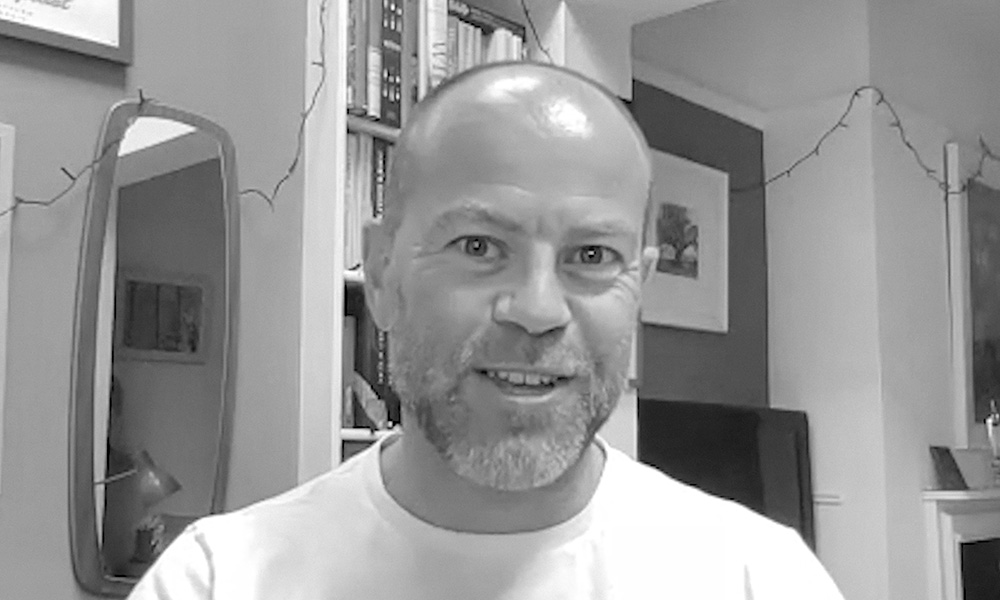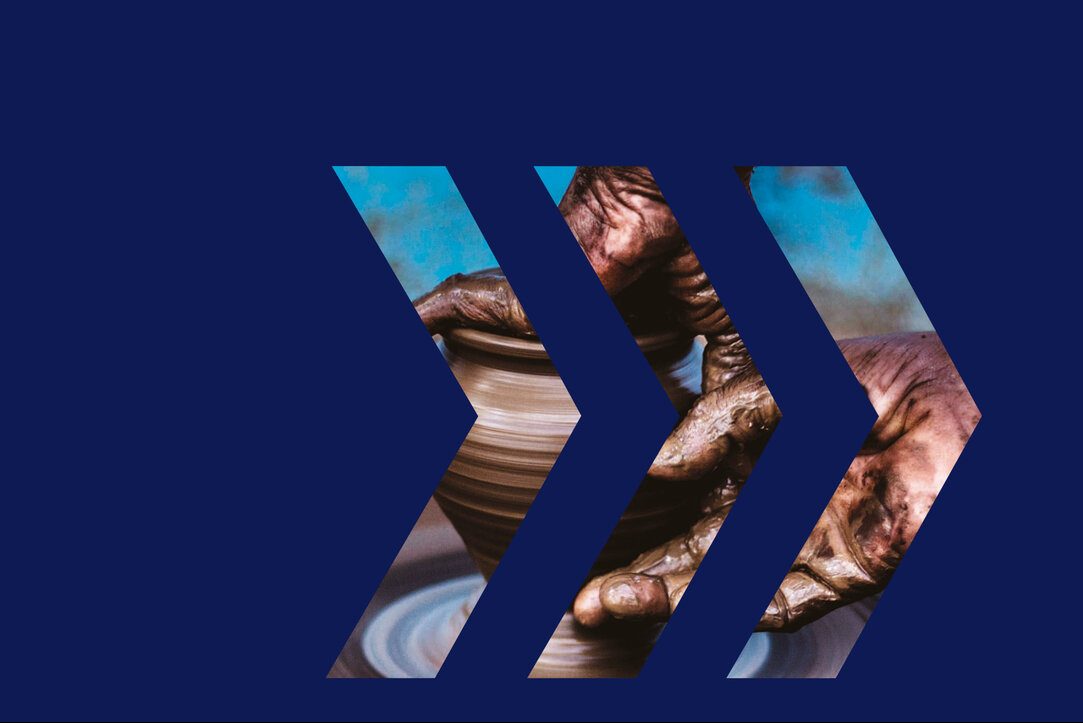
Photograph: Nikhil/Unsplash
In the first ten months of 2021, America’s workers handed in nearly 39 million resignations, the highest since tracking began in 2000. As organisations struggle to keep their employees, leaders across the country have emphasised the importance of community as they reimagine what inclusion means in an increasingly distributed workforce.
With no end in sight to the Covid-19 pandemic, working from home is now the norm in many industries. In advanced economies, 25-30% of the workforce is expected to work permanently from home, but building a distributed workforce is about way more than allowing people to set up an office at home. It’s about promoting a sense of inclusion, community and collaboration in a highly digitised world.
Whether humans are in an office or working from home, one thing remains constant. What people crave most, and research increasingly shows to be the hallmark of the highest performing workplace cultures, is a sense of authentic connection with others.
Digital connections thrive the same way in-person connections do: through communication, trust and honesty.
But what creates an authentic relationship? Research suggests that our brain (usually unconsciously) scans all the possible information to determine whether a person is trustworthy when we meet someone. If we see the potential for trust, we open the door to connection. But in a world of Zoom meetings and Teams calls, can digital relationships still be authentic? Of course. Digital connections thrive the same way in-person connections do: through communication, trust and honesty. The key is making sure that we use technology equitably and inclusively.
Using technology to enhance inclusion
In a world where so many of us work remotely, it’s critical to ensure everyone has equal access to technology. Access to technology can make or break an employee’s ability to innovate and thrive. You must ensure everyone has access to a steady internet connection, a device and any other software or hardware. Don’t assume everyone has access to these provisions; ask and accommodate as often as needed.
Second, we can make virtual meetings more inclusive by turning on closed captioning and sending agendas in advance to accommodate various cultural norms and personality types. Not everyone feels comfortable speaking up on issues with little to no notice, and our meetings need to reflect the various working styles employees bring to the table.
Finally, start meetings by acknowledging everyone in the room, not just those with high status or privilege. Make it okay to talk about the fact that our circumstances and lives are in unprecedented territory and that we all have unique challenges and vulnerabilities. At the end of each meeting, encourage cross-pollination of ideas to allow employees to discuss thoughts and questions. Don’t dismiss other people’s ideas just because you’ve always done things a certain way. On the contrary, innovation finds its roots in differing perspectives.
Inclusive actions like the ones listed here, along with an organisation’s behaviours, policies and practices, are the ingredients that build an organisation’s culture. But like any recipe, to do it right, we need to iterate and evolve – doing the right thing means revisiting and revising regularly.
Doing good is good business
In their book, Conscious Capitalism, John Mackey and Raj Sisodia talk about doing what is right because it’s right. Conscious businesses, they say, have a simple but powerful belief: the right actions undertaken for the right reasons generally lead to good outcomes over time. They treat their employees well because it is the right, humane and sensible thing to do and because it is also the wise business practice to do so.
How would your headline read if you took a collective pulse of your organisation today? Would you be proud?
The authors take this analysis a step further by asking, “How would I feel if what I’m doing right now is written up on the front page of the New York Times or the Wall Street Journal?”
Honestly, it’s a solid question to ask. If you looked at your company’s levels of inclusivity, what would you see? What would your workforce say about the inclusion of its people? Knowing that almost 7 out of 10 people feel disengaged at work, did you ask your people how they are and what they need? How would your headline read if you took a collective pulse of your organisation today? Would you be proud?
In an increasingly remote workforce, we are no longer confined to searching for the best people in the radius closest to our company. We can, and should, search for the best people – period. Those people will be from varying backgrounds, ages, abilities, races and cultures. Systems can be put in place to make collaboration, creativity, and communication part of the organisation’s DNA. All of this doesn’t happen on its own, though. It happens by choice.
Conscious compassion
As the pandemic continues to throw us curveball after curveball, no one will have all the answers. Still, we know the path forward requires continuous and honest conversations with each other. We have to make the conscious decision to value inclusion, and we need to live our missions. We need to honour and celebrate our differences because that is what the successful, compassionate cultures of tomorrow will do.
To build and sustain a genuinely inclusive culture, we can’t just educate ourselves and leave the rest to chance. We need to connect, and we need to listen.
Reading about inclusive practices is great. Publicly stating our commitment to building inclusive cultures at work is laudable. But this article, or hundreds of others, can’t change a culture. Only people can do that. Only action can do that. To build and sustain a genuinely inclusive culture, we can’t just educate ourselves and leave the rest to chance. We need to connect, and we need to listen.
As leaders, we need to ask why someone under our watch would feel unheard in the first place because it’s rarely just an ‘inclusion’ problem: it’s a business problem, a management problem, a leadership problem, an empathy problem, a culture problem or a mix of these factors. We can address these problems by forming channels to connect, listen, learn and hold people accountable.
Whether in person or remotely, inclusion and belonging are good for business. More importantly, they’re the keys to building humanity in the workforce.



































